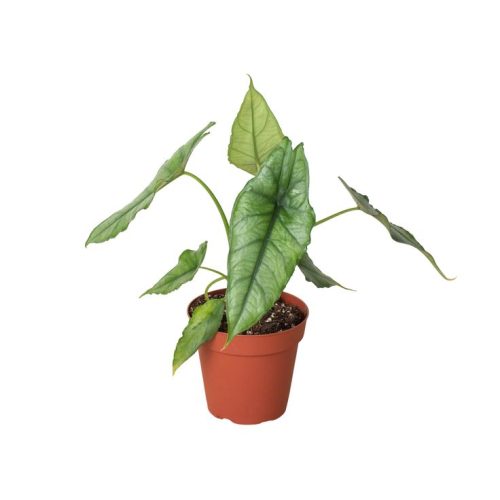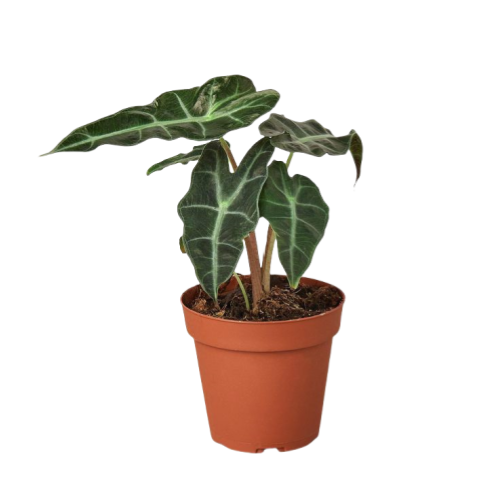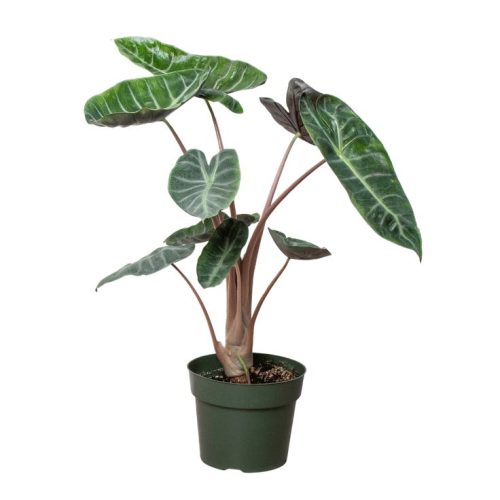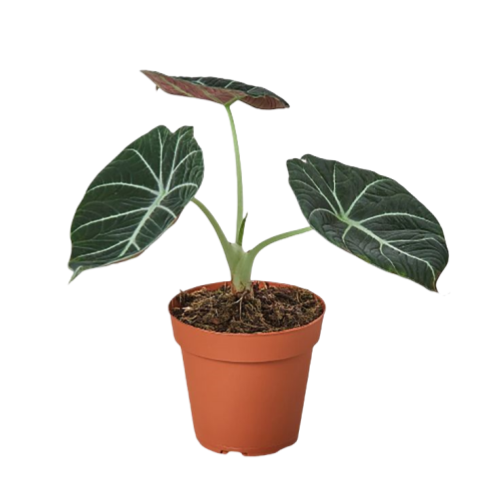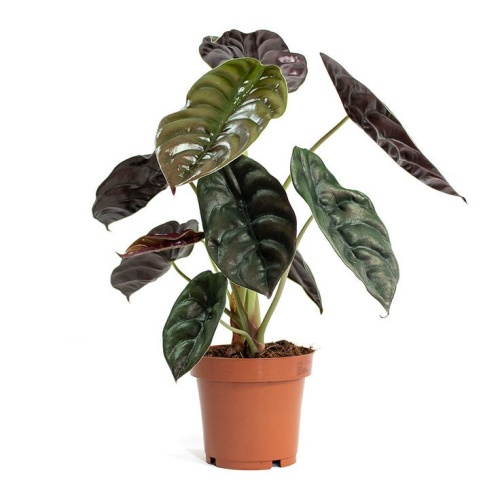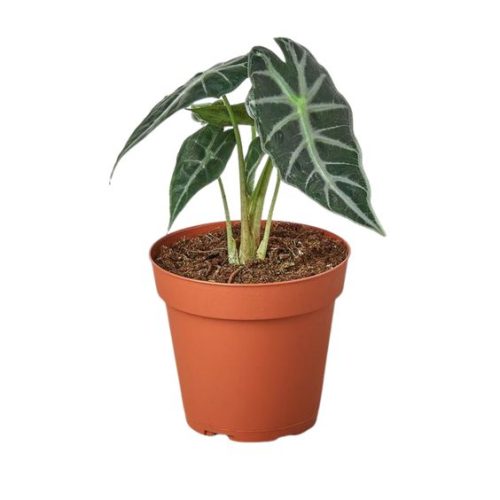Alocasia Literbaragheeriana
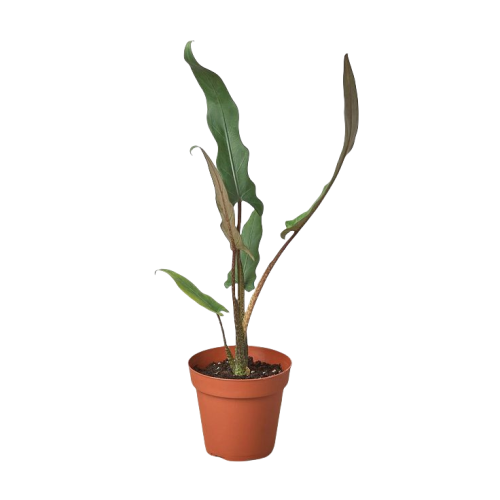
- Botanical Name: Alocasia lauterbachiana (Engl.) A.Hay
- Family Name: Qalab guri kor meel
- Jirdhiska: 1-3 inches
- Temparature: 10-28°C
- Other: shaded environments, high humidity, well-drained soil.
Kudbad gaaban
Sharraxaadda Wax soo saarka
Alocasia Literbachaneiana: Seefta kuleylka
Alocasia Literbaragheeriana, sida caadiga loo yaqaan seefta guduudan, waa geedka kuleylka kuleylka ah ee u dhashay roobka roobka ee Koonfur-bari Aasiya, Indonesia, iyo New Guinea. Waa warshad go'yaal ah oo sida caadiga ah u kora ilaa dherer 1 illaa 3 cagood gudaha, in kasta oo ay gaari karto ilaa 4 fiit oo ku jirta deegaankeeda dabiiciga ah. Warshaddan waxaa lagu gartaa waqti dheer, oo qaabaysan, cagaar madow oo cagaar ah oo leh caleemo guduudan oo leh cidhifyo jilicsan oo casaan ah oo hoos udhacaya oo ku taagan xargaha dhaadheer ee buluuga ah. Qosaanada hoose ee caleemaha oo xididbada dhexe waa hooska buluug qoto dheer, iyo geedka waxay soo saartaa ubax cagaaran ama guduud, oo aan caadi ahayn qaab dhismeedka caadiga ah ee hal abuurka u eg.
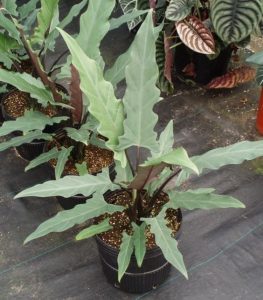
Alocasia Literbaragheeriana
Daryeelka ku-dhigga kuleylka kuleylka ah
Alocasia Literbachiana, oo ah marti qurux badan oo ka socota roobka roobka kuleylaha ee koonfur bari Aasiya, waxaa lagu yaqaanaa baahiyahooda diiran iyo doorbidista qoyaan. Heerkeeda ku habboon ee koritaanka u dhexeeya inta u dhaxaysa 18-27 ° C, oo waxay u baahan tahay jawi qoyaan badan, oo ugu habboon qiyaastii 70%. Qiyaas inaad haysato aqalka dhirta lagu koriyo oo yar oo gurigaaga ah, halkaasoo Alocasia Literbachiaa ay tahay gacaliso aqalka dhirta lagu koriyo, oo leh caleen kasta oo ka yimaada xaashida jacaylka ee ka yimaada roobka kuleylka ah.
Farshaxanka isku dheellitirka iftiinka iyo biyaha
Alocasia Lauterbachiana loves bright, indirect light, but direct sunlight is too harsh and could scorch its tender leaves. What it needs is more than just light; it’s the right amount of moisture. This plant requires soil that is moist but not waterlogged, so water it only when the top layer of soil is dry, and water thoroughly, allowing excess water to drain away. This balance of light and water is like an art in gardening, requiring care and patience to master.
Farshaxanka faafinta
Faafinta Alocasia Literbachiana waxaa lagu samayn karaa iyada oo loo marayo gooyn qeyb ama jaritaan ah. Haddii geedkaagu aad u ballaaran yahay, ama haddii aad rabto in aad lahaato inbadan oo ka mid ah dhirtaas quruxda badan, guga iyo xagaaga waa wakhtiyada ugu habboon ee faafinta. Adigoo adeegsanaya labadan habab, waxaad ku fidi kartaa qoyskaaga Alocasia Literbachiaana ama la wadaagi kartaa farxadda geedkan kuleylka leh asxaabta.
XULASHADA Tropical ee Alocasia Literbachiana
Alocasia Lauterbachiana, the botanical gem hailing from the tropical climes of Southeast Asia, is renowned for its sword-like foliage that brings an essence of the rainforest to any room. These plants are admired for their dramatic, dark-green to purple leaves that can extend up to 20 inches in length, offering a bold statement in any interior space . Their unique leaf texture and coloration not only make them a focal point but also a conversation starter. The ‘Purple Sword,’ as it’s affectionately known, is perfect for living rooms, home offices, and bathrooms, where its humidity-loving nature thrives .
Marvel-ka dayactirka hooseeya
This low-maintenance tropical perennial is a favorite among indoor gardening enthusiasts for its resilience and relatively easy care requirements. Alocasia Lauterbachiana prefers bright, indirect light and well-draining soil, which helps prevent waterlogging that can lead to root rot. It’s a heavy feeder, so regular fertilization during the growing season encourages robust growth. For propagation, division or stem cuttings can be used, making it an excellent choice for those looking to expand their indoor jungle with minimal effort .
Cudur iyo cayayaanka
Alocasia Lauterbachiana can be susceptible to common houseplant pests such as aphids, mealybugs, and spider mites . It can also be affected by diseases like root rot if not properly cared for . To maintain its health, it’s important to regularly inspect the plant for signs of pests or diseases and take preventive measures .





